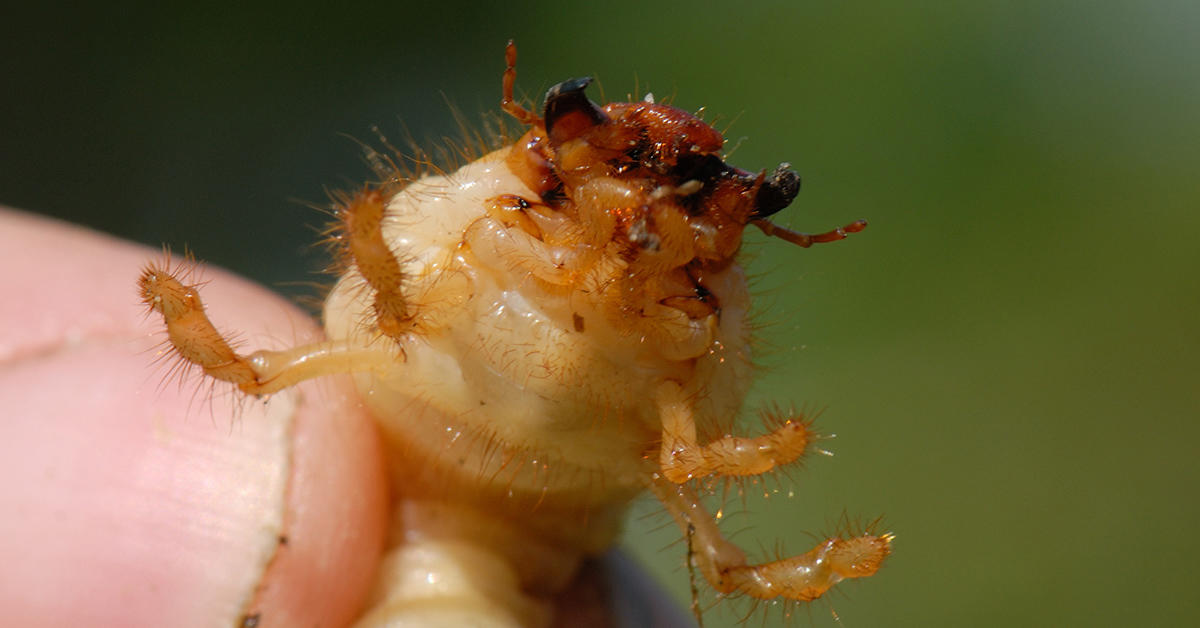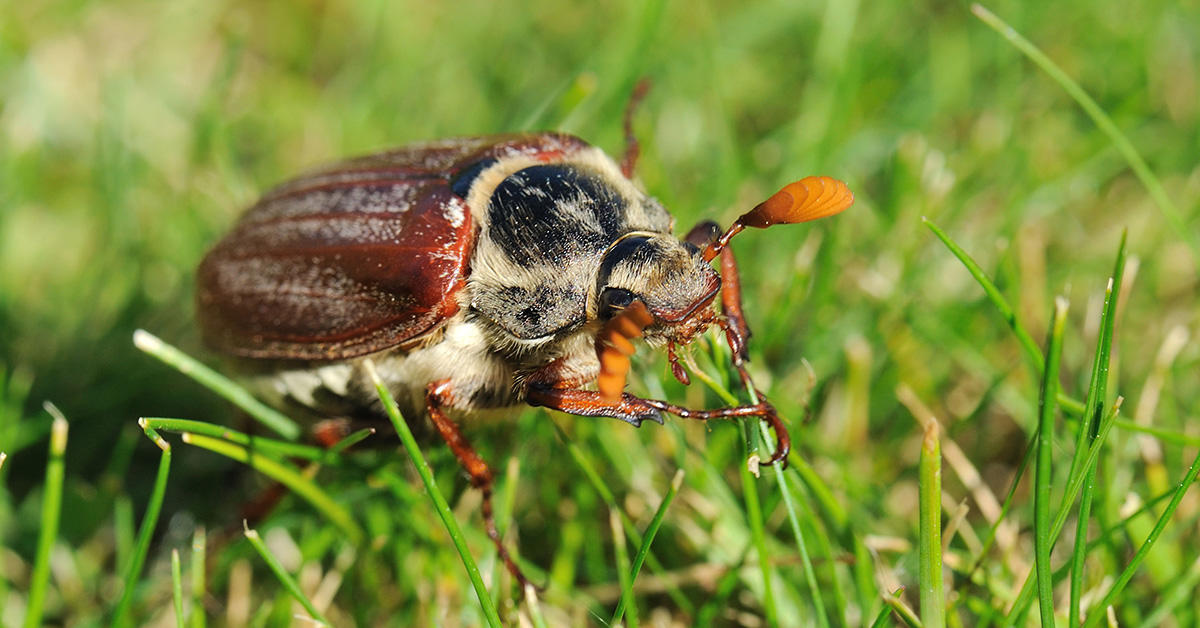- Homepage
- News and Features
- Authorisation received for chafer grub control
Authorisation received for chafer grub control

Target chafer grubs early before they reach most damaging late instar stages
2020 Emergency Authorisation for Acelepryn
The Emergency Authorisation for the use of the Syngenta insecticide, Acelepryn, for the control of chafer grubs has been reapproved for the 2020 season.
This season, the initial chafer grub specific authorisation permits use of Acelepryn on affected greens, tees and fairways, along with horse race courses and airfields. The treatment period is up until 30 August 2020.
An Emergency Authorisation has also been submitted for the treatment of leatherjacket infestations, which would enable application through to the end of October.
This extended dual authorisation approach would enable turf managers and agronomists to more effectively cover the wider window for key chafer grub and leatherjacket treatment timings - which coincide with the pests’ egg hatch and initial larval activity.
Chafer grubs and leatherjackets cause damage to turf through extensive feeding on roots, which can be severe in localised patches. Surface stability, where grubs have chewed through turf roots, is of hugely significant concern for race courses.
Furthermore, extreme damage can occur in all turf surfaces when badgers, birds and other foragers root through turf in search of the grubs.
The Emergency Authorisation permits Acelepryn use in situations where there is an acknowledged instance of economic damage, or risk of bird strike on airfields, and where the product has been recommended by a BASIS qualified agronomist.
This season, for the first time, Acelepryn users will be able to submit online stewardship records of areas treated, via the ICL website.
Syngenta Business Manager, Daniel Lightfoot said: ”Over recent seasons the economic damage from chafer grubs and leatherjackets has been of major and increasing concern. Obtaining this Emergency Authorisation of Acelepryn enables us to manage the most damaging effects of these soil pests as part of an integrated turf management programme.”
Daniel advocates the best results have been achieved with applications when young larvae are actively feeding near the soil surface: “It’s crucial to use higher water volumes, using the white O8 XC Nozzle to target the spray through to the soil surface. Irrigation will help to move the spray into the target zone.”
The authorised label permits application at the rate of 0.6 litres per hectare, applied in 500-1,000 l/ha water.
An online turf pest ID guide, to aid the identification of adult stages of key target soil pests and target application timing, is available on the Syngenta GreenCast website. The allied Pest Tracker on-line reporting system is also building a picture of pest activity across the UK and Ireland, to anticipate issues and aid application timing.
For further information on best use guidelines where chafer grubs and leatherjackets have caused economically damaging effects contact an ICL Area Manager or BASIS agronomist.

Cockchafer bug
ICL area managers for Acelepryn enquiries:
Scotland
Jamie Lees, [email protected], 07500 992464
North/East
Craig Lalley, [email protected], 07824 528252
Midlands/West
Emma Kilby, [email protected], 07748 111965
South East/East London
Andrew Pledger, [email protected], 07387 056659
South/London/Channel Islands
Darren Hatcher, darren.hatcher @icl-group.com, 07787 697684
South West/West London
Nick Marton, [email protected], 07900 666691
North West
Phil Collinson, [email protected], 07824 473699
South/Central
Matthew Nutter, [email protected], 07810 656240
Alternatively contact Syngenta UK Technical Manager Glenn Kirby, [email protected], 07483 333964
Author

